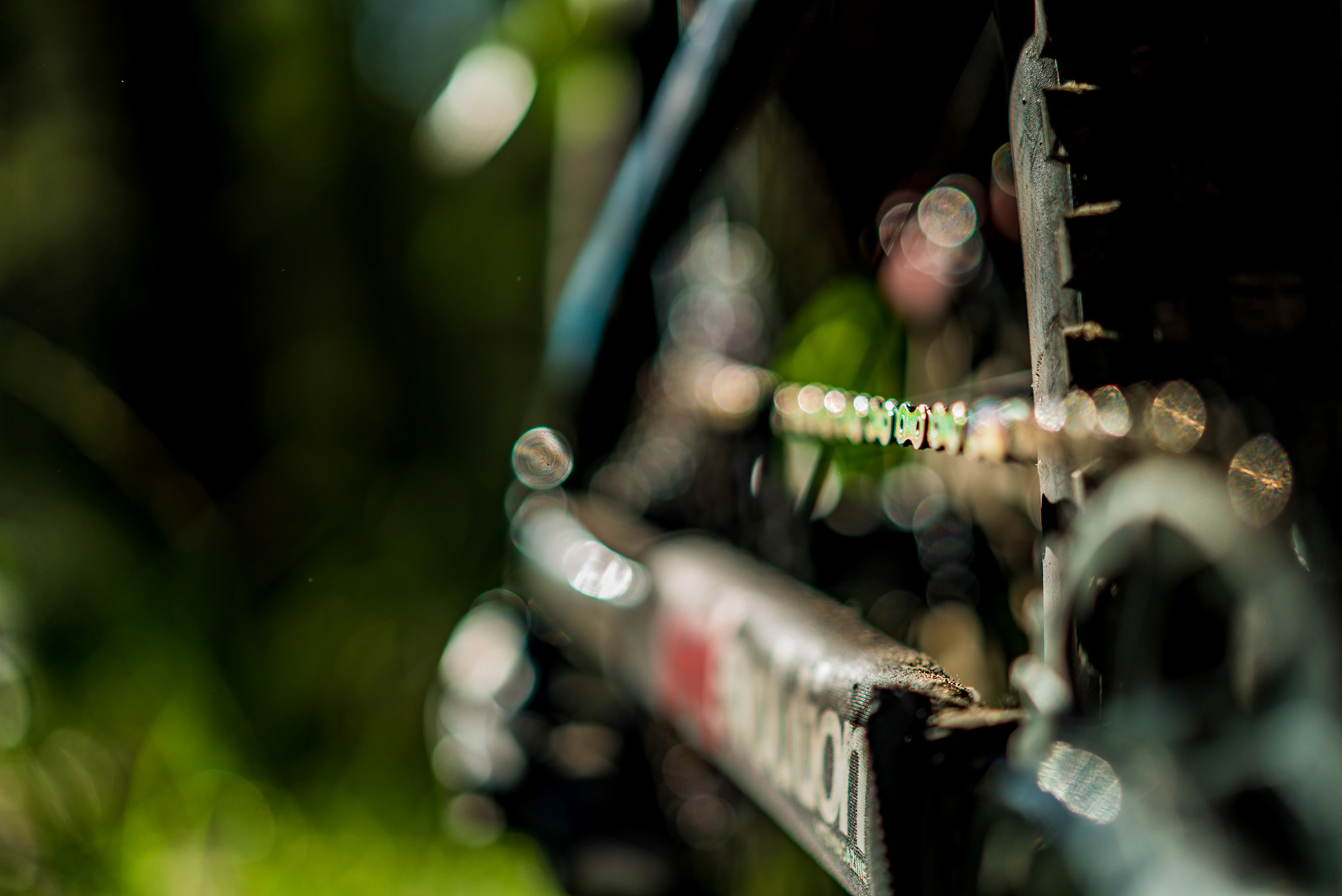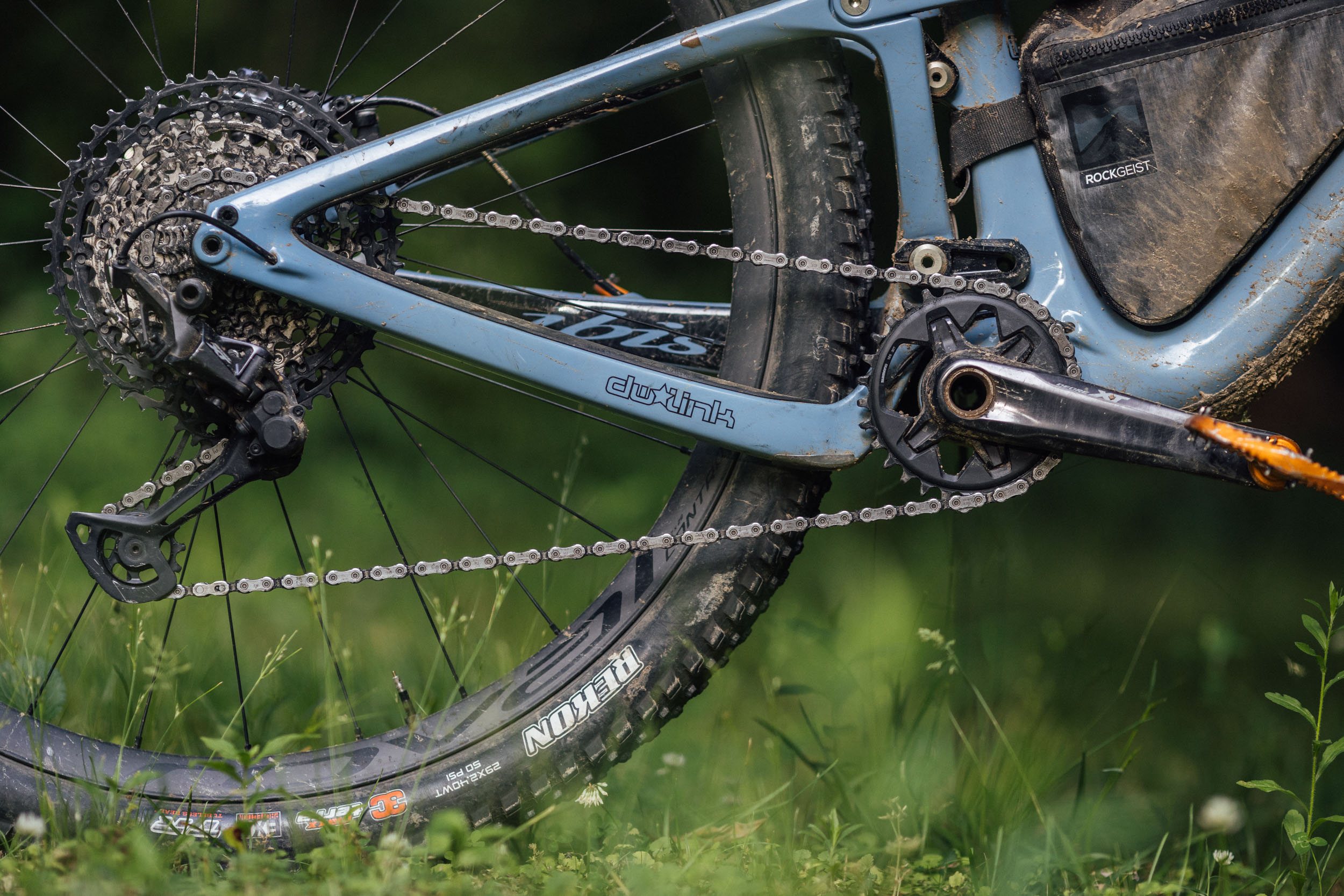You’re no doubt aware that spare parts for MTB’s are continuing to dry up at the moment as our industry, and the world, are grappling with raw material shortages and other supply chain issues. That being the case, this year it’s going to be even more important to try to get the most mileage out of all your bits before they need replacing.
In this article we’re going to look at the mechanics of drivetrain wear and how to get best performance and most mileage out of your kit.
Words // Nate @ bikeco.com
But first up I would like to begin by bitching for a minute! We always suggest changing cassette, chain and chain ring when they’re notably worn. Why? They age as a group. Once you’ve worn that group past a certain point you shouldn’t change one bit at a time, notice I didn’t say can’t because someone will always be like “I did and it works and shops are just trying to charge you more”… But, you SHOULDN’T change just the chain after a certain wear percentage because the new chain isn’t going to be mated to the cassette and ring. It will skip around and not hold gears. It’s common for a new chain on an old cassette and ring to perform worse than a “worn-out” set.
The fact is the shop looking for you to do a group at a time isn’t gonna pay the rent one drivetrain a day from that cassette and ring. BUT, that shop insisting on a mated set will minimise the amount of calls, come backs, and on-trail bitching from trying to put a new chain on a worn kit.
Let’s try to demystify some of this.
Chain Stretch: depending on your interpretation or demands of literalness it sounds like something is pulling apart like taffy right? Well, the chain plates sure as hell aren’t going to stretch a notable amount without unbelievable load. But, when you put your new chain up next to your old one, the old one is longer link for link isn’t it? The extra distance is the amount of wear between the pins and bushings that connect the chain plates. When new the outer diameter of the pin, or inner section, initially fits snug with the inner diameter of the bushing, or “sleeve” connecting chain pins.
As you ride the pin and bushing rotate on each other slowly wearing the metal away. This wear is exacerbated by the ingression of grit, sand, mud, etc. (As an example, the cutting in a water jet isn’t the high pressure water, it’s the sand or abrasive injected into the water.) Keeping your bike drivetrain clean and lubed will help remove these abrasives while providing some protection from metal on metal wear. That’s really the story on the chain wear. Clean and lubed lasts longer. Chain stretch is wear on the pins and bushings. Not too difficult right?
But why does it wear as a group? And why does the wear accelerate towards the end? We’ve accepted that the old chain is longer. And now you know it’s from the pin / bushing wear. Well, as your chain “grows” it no longer has “grab” or “purchase” on the same number of teeth on the cassette and chain ring. Totally arbitrary numbers, but, let’s say that in a certain gear pairing you had 10 teeth on the cassette sharing the load when new. As the chain wears it lengthens and will not be able to keep tension on all 10 teeth. Suddenly the power you’ve been spreading across 10 teeth is on less, often notably less. The cassette teeth will then see two different types of wear to try to keep the system in equilibrium.
First, you’ll have a small “hammer” force as the chain pulls out the slack and “smacks” the bushing or roller onto the teeth. You can see this as your cassette or chain ring teeth begin to bulge on the interface. Second you simply have higher load between the chain and teeth interface which will accelerate metal on metal wear.
Now, you can catch this wear at a point that a new chain WILL fit on your existing cassette and ring. And if you hit that window I recommend it. It’s a good way to stretch your budget a bit. However, what happens to most of us, myself definitely included, we kind of don’t pay attention until the drivetrain is skipping around or giving us some kind of issue. Well, by then usually the system is worn to a point that a new chain will be “too small” for the worn teeth. This creates a variety of performance issues, noise, skipping, dropping under power. The new chain isn’t able to load as many bushing / teeth interfaces as the worn chain meaning it likely will perform worse than your old chain anyhow. It’s going to click and skip trying to slide the rollers into the worn teeth beds. If you do try to push through with a new chain you’re simply going to expedite it’s wear. And your new chain will quickly become sloppy trying to find an equilibrium with the rest of the group.
For eMTB riders: Like brake pads, suspension services, and likely tires, you’re going to replace drivetrains more often on your eMTB than your standard bike. The increased torque availability is harder on bits. Also, eMTB riders are more likely to be pedalling deep into travel particularly climbing aggressive lines. Some eMTB suspension designs suffer deep in the travel from aggressive chain tension. A standard MTB suspension may use that chain torque in the pedal platform to help minimize suspension by adding some resistance. These pedal bikes may have some pedal feedback at full compression, but in nearly all conditions on a pedal bike this isn’t under power and simply feeds back in the pedals (basically pulls the cranks backwards. And of course, with an eMTB if there is additional torque from the suspension arc combined with the additional torque available from the motor it often leads to issues with chains, freehub bodies, hub bearings, etc.





